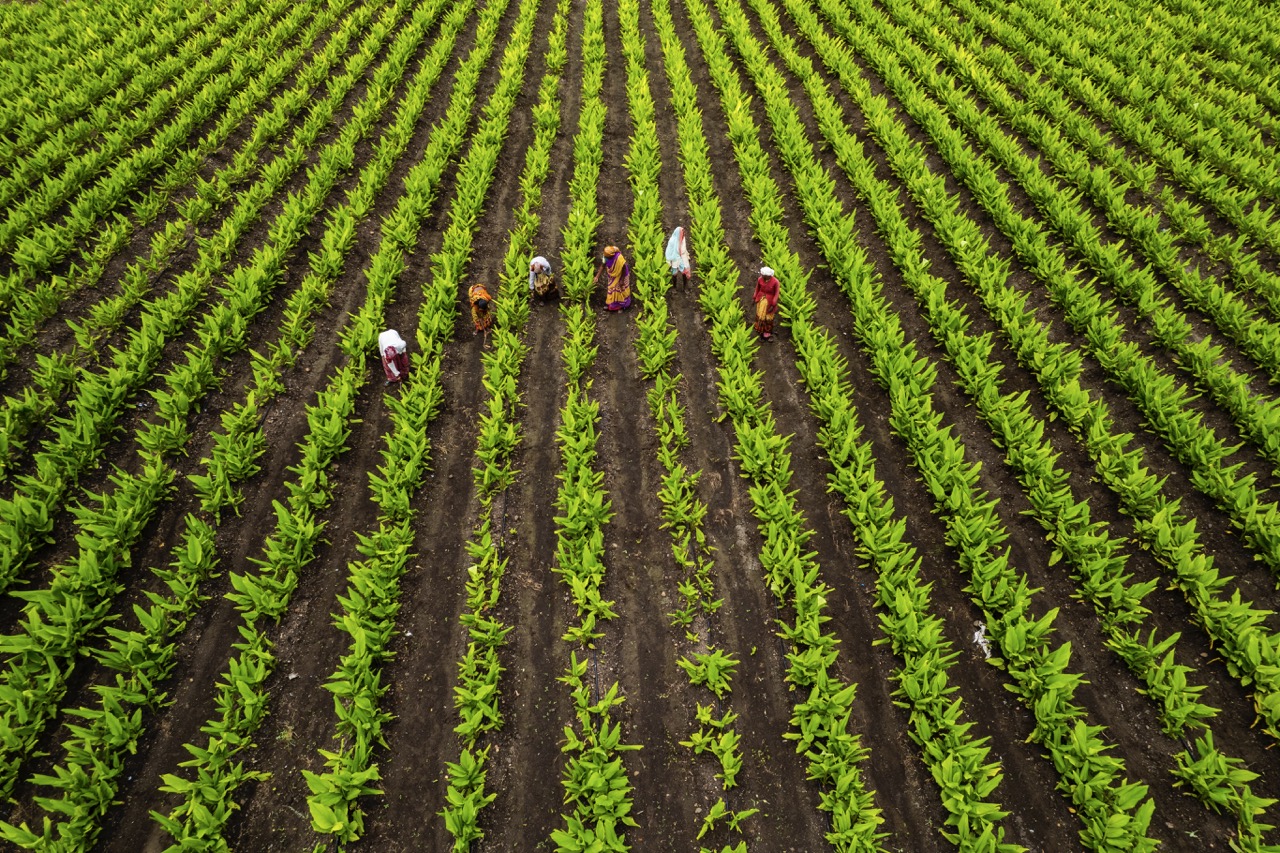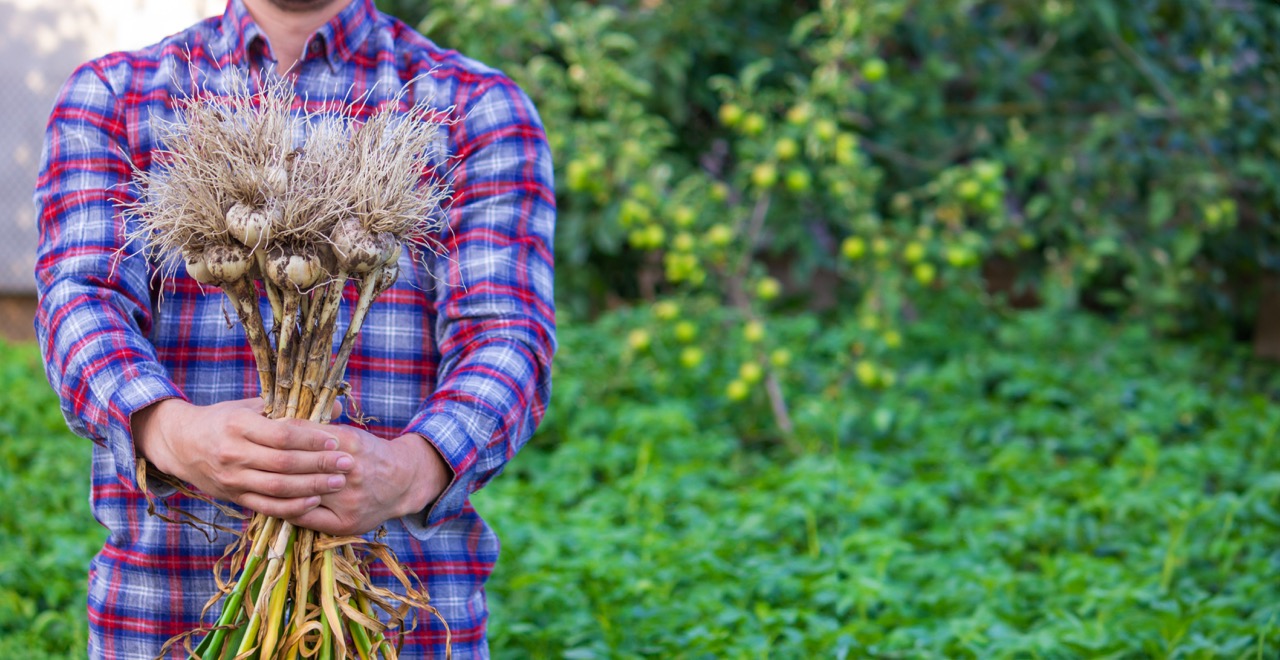Starting an organic farm can be a fulfilling venture that not only benefits personal health and well-being but also contributes positively to the environment. As the demand for organic produce continues to rise, many aspiring farmers are eager to cultivate their own organic crops. However, it is essential to understand the fundamental principles of organic farming and the steps required to create a successful operation. This beginner’s guide will walk you through the basics of organic farming, the planning of your farm layout, the selection of crops and practices, and effective resource management and marketing strategies.
Understanding the Basics of Organic Farming Principles
Organic farming is built on a foundation of principles aimed at promoting biodiversity, ecological balance, and soil health. Unlike conventional farming, which often relies on synthetic chemicals and genetically modified organisms (GMOs), organic farming emphasizes natural processes and sustainable practices. Key principles include the use of organic seeds, crop rotation, and maintaining healthy soil through composting and cover cropping. By adhering to these principles, organic farmers can create a resilient ecosystem that supports plant growth while minimizing environmental impact.
A vital aspect of organic farming is its certification process. To market produce as organic, farmers must comply with specific regulations set forth by certifying bodies, which vary by country. This often includes adhering to guidelines related to soil management, pest control, and the prohibition of synthetic fertilizers and pesticides. Understanding these regulations is crucial for anyone looking to enter the organic market, as non-compliance can result in significant financial penalties and loss of credibility.
The philosophy of organic farming also extends to the relationship between farmers and consumers. Organic farming fosters transparency and trust, as consumers increasingly seek out local and ethically produced food. By prioritizing environmental sustainability and animal welfare, organic farmers can position themselves as responsible stewards of the land, appealing to a growing demographic of health-conscious consumers looking to make ethical food choices.
Essential Steps to Planning Your Organic Farm Layout
Once you have a grasp of organic farming principles, the next step is to plan your farm layout. This involves evaluating your land’s topography, soil type, and climate, which will directly impact the crops you can grow. Conducting a soil test will help determine the nutrient content and pH levels, guiding your decisions on amendments needed for optimal growth. Mapping out your plot will allow you to efficiently allocate space for crops, pathways, and any structures such as greenhouses or storage facilities.
In planning your layout, consider implementing permaculture principles that enhance biodiversity and sustainability. This might involve creating zones for different types of crops, companion planting, and establishing pollinator-friendly areas. Designing your farm in a way that mimics natural ecosystems not only increases productivity but also reduces pest infestations and promotes healthier plants. Additionally, incorporating practices such as contour farming can help manage water runoff and soil erosion.
As you plan, it’s essential to think about crop rotation and succession planting. Choosing a diverse array of crops not only maximizes your farm’s productivity but also minimizes the risk of disease and pest outbreaks. Establishing a planting schedule that outlines when to sow and harvest various crops will help ensure you make the most of your farm space throughout the growing season.
Choosing the Right Crops and Organic Practices for Success
Selecting the right crops is critical to the success of your organic farm. Begin by researching local market trends and consumer preferences, which will provide insight into what produce is in demand. Seasonal crops, such as tomatoes, peppers, and leafy greens, often yield better returns, especially when timed with peak demand periods. Additionally, consider growing heirloom varieties or specialty crops to differentiate your farm from competitors and attract niche markets.
When it comes to organic practices, pest management is a crucial aspect of crop success. Integrated Pest Management (IPM) is a widely recognized approach that combines biological, cultural, and mechanical control methods to minimize the use of chemicals. Utilizing beneficial insects, crop rotation, and organic-approved pesticides can effectively manage pests while adhering to organic standards. Regular monitoring and maintaining healthy soil are essential for preventing pest outbreaks, allowing for a sustainable approach to farming.
Furthermore, engaging in continuous education about organic practices will keep you informed about advancements in the field. Joining local or national organic farming associations can provide invaluable resources, training, and networking opportunities. Participating in workshops and conferences will not only enhance your skills but also connect you with experienced organic farmers who can offer mentorship and guidance.
Managing Resources and Marketing Your Organic Produce
Effective resource management is vital for the sustainability of your organic farm. This encompasses everything from water conservation to energy use and labor management. Implementing rainwater harvesting systems and drip irrigation can optimize water usage, while soil cover methods, like mulching, help retain moisture and improve soil health. Regularly tracking resource consumption can identify areas where efficiency can be improved, ultimately reducing costs and environmental impact.
Marketing your organic produce also requires strategic planning. Developing a brand that communicates your values and the unique qualities of your products can help you stand out in a competitive market. Consider utilizing multiple sales channels, such as farmer’s markets, community-supported agriculture (CSA) programs, and online platforms. Building relationships with local restaurants and grocery stores can create consistent demand for your produce while fostering a sense of community support.
Leveraging social media and digital marketing can further enhance your visibility and attract customers. Sharing your farming journey, organic practices, and the benefits of your produce can engage and grow your audience. Additionally, storytelling about your farm’s mission and practices can build a loyal customer base that values transparency and sustainability in their food choices.
Starting an organic farm is a rewarding yet challenging endeavor that requires careful planning, dedication, and continuous learning. By understanding the principles of organic farming, strategically planning your layout, selecting the right crops and practices, and effectively managing resources and marketing, you will be well on your way to establishing a successful organic operation. As you embark on this journey, remember that each step brings you closer to not only growing food but also contributing to a healthier planet and community.










